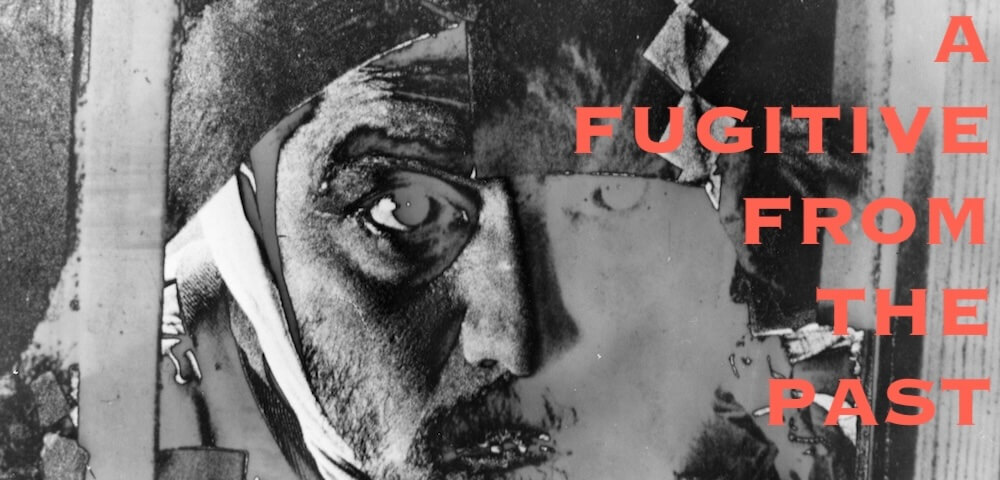
A FUGITIVE FROM THE PAST (飢餓海峡)
(STRAITS OF HUNGER)
Dir. Tomu Uchida, 1964.
Japan. 183 min.
In Japanese with English subtitles.
SATURDAY, April 5 – 5 PM
FRIDAY, April 11 – 10 PM
MONDAY, April 14 – 7:30 PM
THURSDAY, April 24 – 7:30 PM
Tsunejirō Uchida, nicknamed “Tom,” chose to spell his professional name as 内田吐夢, using kanji meaning “to spit out dreams”—an irresistible metaphor for a consummately fluent image-maker who worked across epochs and genres.
Destined to be rediscovered by Anglo-European audiences every other decade or so, Uchida began his career with triumphs such as the now-lost peasant epic Earth, Kinema Jumpo’s best film of 1939 and a romantic depiction of rural labor that was used to recruit settlers to the Japanese colonial possession of Manchuria. Uchida himself went to Manchuria in the late 1930s, intending to make propaganda films. The director’s flirtation with extreme nationalism climaxed in 1945, as Russian forces moved in. In accordance with the values of bushidô, the true believer head of the Manchurian Film Cooperative took poison and died in Uchida’s arms.
Uchida stayed in Manchuria for almost a decade more, never directing a film, but studying dialectics and working for a time in a coal mine. The films he made upon resuming his career in Japan in the 1950s express a chastened, revisionist take on the symbols and narratives of Japanese empire and tradition. Stories of outcasts and amour fou, in modes from jidai geki to crime saga to folktale to dramedy, they also jump across registers from pulpy naturalism to candy-colored theatrical artifice. Diverse to the point of self-obscuring in their range of subject matter and setting, his films are united by fleet cutting, muscular closeups, and dynamic widescreen blocking, charged with a unique intensity.
Perhaps the capstone of Uchida’s career and the great uncanonized epic of ’60s Japanese cinema, A Fugitive from the Past begins with a desperate home invasion in Hokkaido in 1947, on the same night as a notorious ferry disaster. Two ex-convicts are among the bodies that wash up on shore, but a third man escapes with the loot. A decade later, the discovery of another body reopens the case.
Shot on 16mm and blown up to 35mm, with periodic jolts from solarization and other photographic tricks, the film has the tawdry tabloid urgency of Kurosawa’s High and Low or The Bad Sleep Well, a melancholy undercurrent of ruinous obsession a la Zodiac, and an inquiry into guilt and reinvention that’s operatic in its scope.
